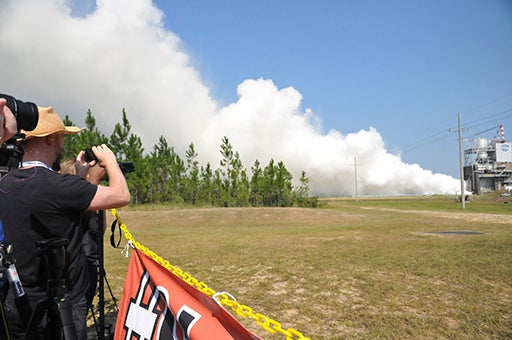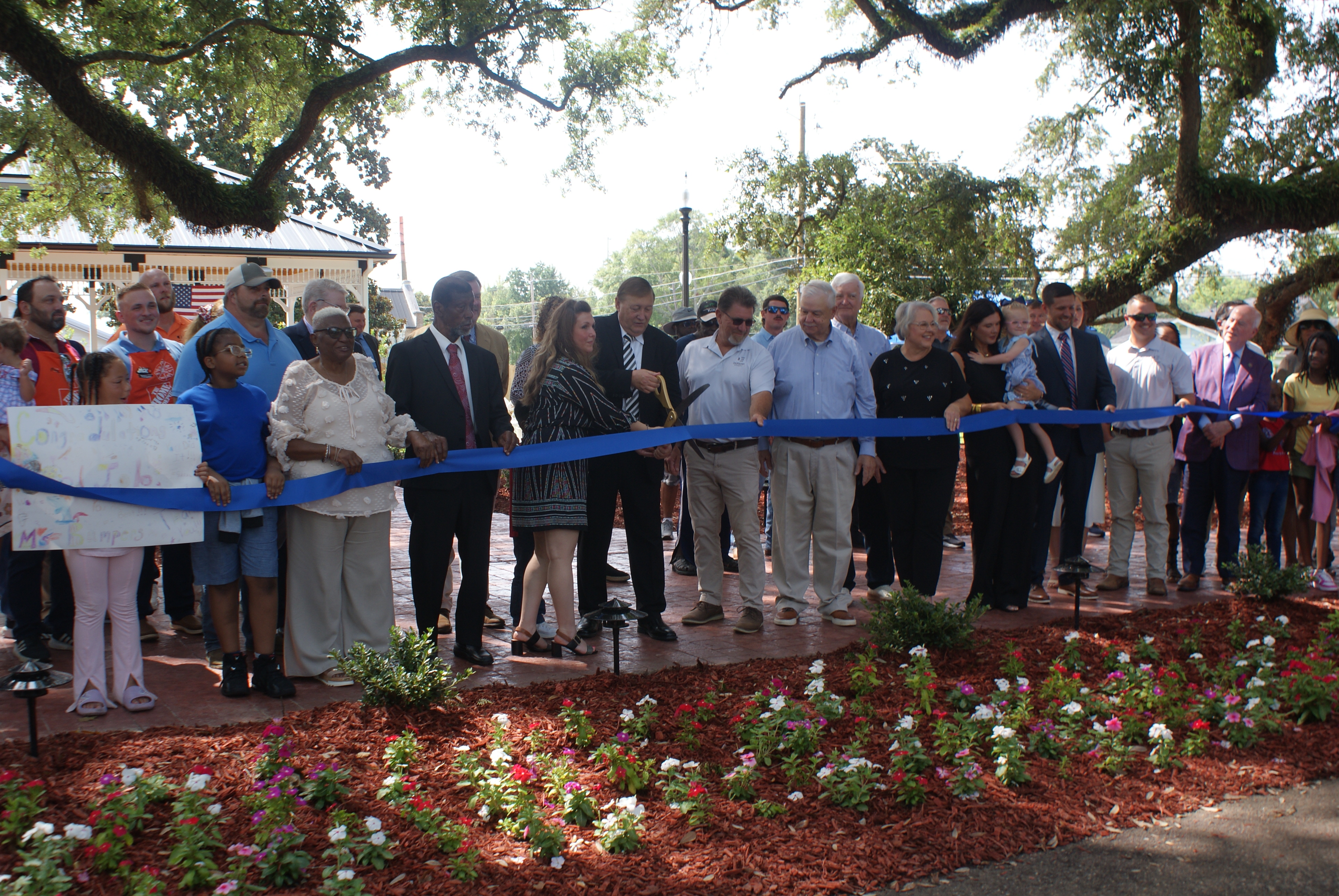NASA shows off massive rocket engine
Published 7:00 am Friday, August 14, 2015

LOOKING TO THE FUTURE: Spectators watch as the sixth in the developmental SLS RS-25 engine is fired on Thursday at the John C. Stennis Space Center. Photo by Ashley Collins.
Hundreds of spectators watched as NASA’s John C. Stennis Space Center conducted the sixth in the developmental RS-25 engine seven-test series on Thursday.
The RS-25 engine is one of the world’s most powerful engines, which will be used to power NASA’s Space Launch System for future deep space exploration, said John Bailey, the center’s deputy director of engineering and testing.
“Stennis is the world’s largest rocket engine test facility and it’s our mission to test rocket engines so we can go to space,” Bailey said.
The 535-second engine test was the second to last out of seven planned RS-25 developmental tests for the Space Launch System, Bailey said.
The Space Launch System is an advanced launch vehicle that would carry astronauts beyond Earth’s orbit to asteroids and eventually Mars, said Todd May, Space Launch System program manager.
May said the test is a big deal for NASA and humankind.
“We are here today to test the engines that will take humans back into deep space,” May said.
He compared the power of one RS-25 engine to four Hoover Dams.
“The engine has more concentrated power than we have ever made before,” May said.
The SLS RS-25 engine was tested at the center’s A-1 test stand, which is 158 feet tall. Designed by Aerojet Rocketdyne in California, each RS-25 engine is 14 feet tall, 8 feet in diameter and weighs 7,775 pounds, according to NASA.gov.
Bailey said four RS-25 engines could power one Space Launch System vehicle.
“We’ve got 16 in inventory so we have enough for four flights right now,” Bailey said.
The first Space Launch System flight is set for sometime in 2018, Bailey said.





